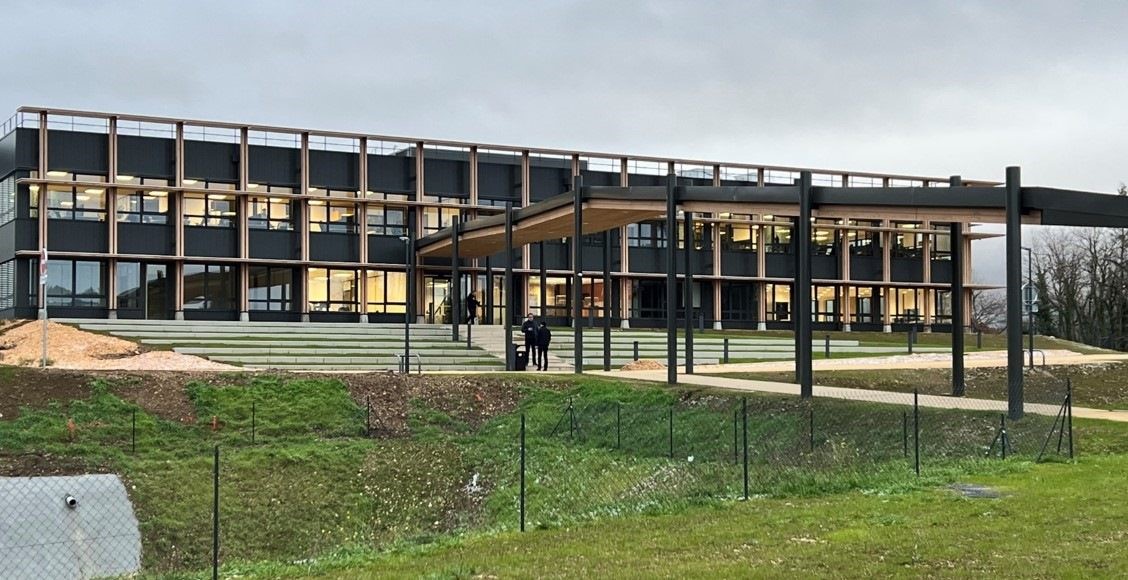What future for the "Plastics Valley" in Ain?

Accounting for 18% of employment in the national sector, Ain, and more specifically the town of Oyonnax, is one of the largest plastics industrial parks in France with 12,000 employees.
Ain is an economically contrasting department, with an industrialized plain in the east and a very rural center. The Oyonnax industrial zone therefore represents a boon, with 49% of the region's employment specialized in plastics. Expertise extends to many fields, including automotive, eyewear, cosmetics, and more. While there are a few large, well-known companies, the sector is primarily dominated by small, family-run SMEs.
However, the region relies primarily on this industry, which represents a more risky counterpart for local employment. The workforce is aging, and companies are finding it increasingly difficult to hire in Europe's leading plastics region. The "Plastics Valley" is home to 660 family businesses with a turnover of €2.4 billion. This activity expanded particularly strongly in the post-war period, becoming a leviathan today.

The region is ambivalent between the family-owned ruling classes who made their fortunes from this plastics Eldorado and a very large working class, largely of immigrant origin. Long prosperous, the sector has now suffered multiple crises.
Due to robotization and the offshoring of non-specialized production, unemployment among young people is up to 30% and employment fell by 13% between 2008 and 2019. The sector is not dead, however; on the contrary, the industry has managed to specialize in very specific techniques to offset international competition. However, the valley has lost its former prestige. The workforce is essentially blue-collar and aging, on average older than in the rest of France. The average income level is lower than in the industry at the national level, a gap of 5,000 euros (37,500 euros compared to 42,000 euros). Renewing the workforce is therefore a crucial issue for the region.
Today, the region welcomes the third generation of immigrants, who represent 50% of the local population. They are the most affected by the crisis. This population, often destined for manual labor, wants to break with the hierarchy of "native locals." Children of the third generation of immigrants are choosing more generalized training. This represents a mismatch with the needs of the territory. This generation no longer wants to be in the workshops. While employers express difficulty recruiting, young people do not feel valued by manual professions, which were previously synonymous with integration and prestige in the French economy for their parents and grandparents. If they are culturally integrated, they aspire to professional futures different from those of their parents. However, this can seem difficult to achieve in a region with little diversity. The valley is therefore facing a growing lack of personnel and local attractiveness despite a very real commercial demand.
Read also: The formidable epic of plastic , Chapter of a work on Oyonnax and the "Plastics Valley". (Open Edition).
Lyon Capitale


%3Aquality(70)%3Afocal(3095x1777%3A3105x1787)%2Fcloudfront-eu-central-1.images.arcpublishing.com%2Fliberation%2FTM2DA5ECJRANDK2YPPKM2GLM3U.jpg&w=3840&q=100)


